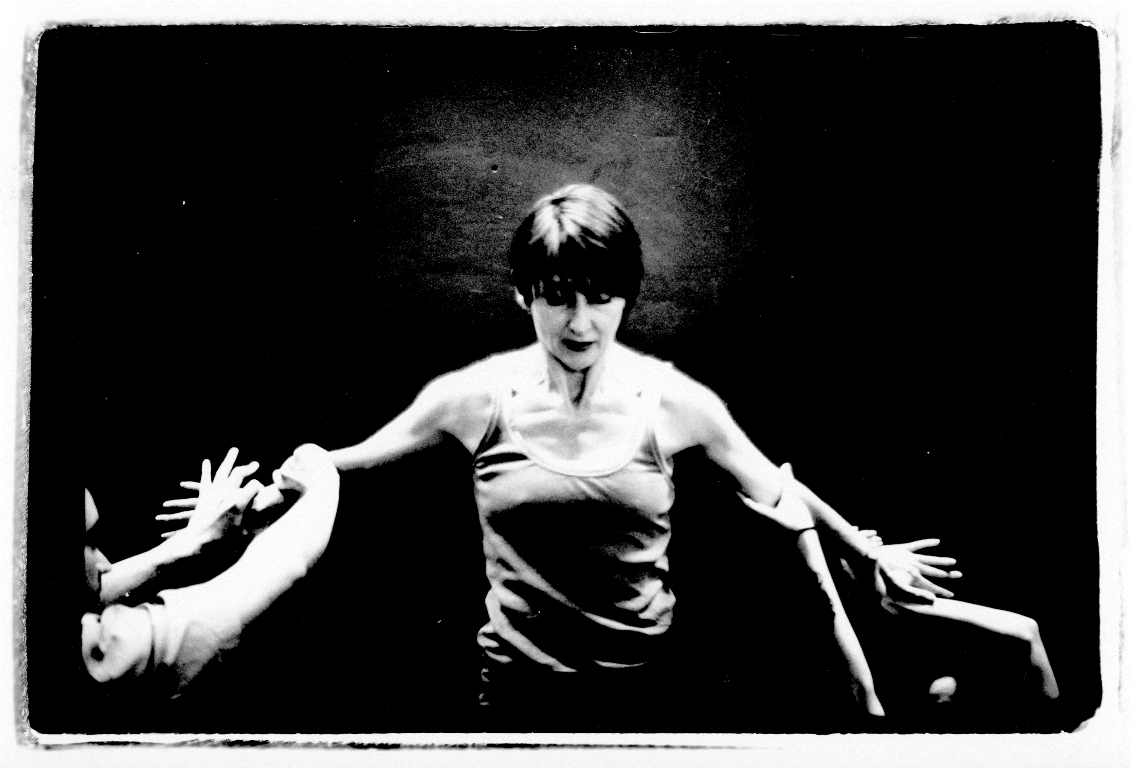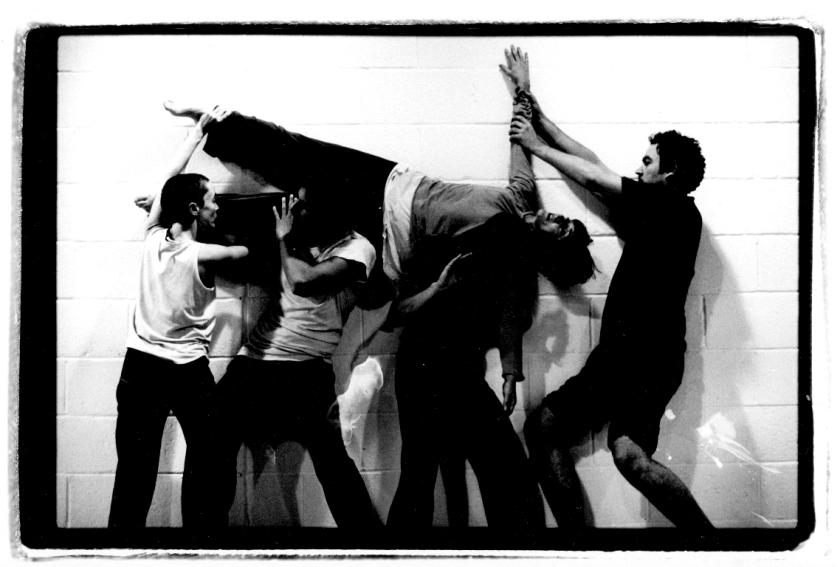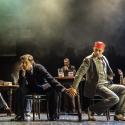Site-specific work has been flavour of the month for many many months now, and when the site is as spectacular as the Old Vic Tunnels, one understands why. Nearly 3,000 square metres of tunnelling under Waterloo Station (the trains rumble steadily overhead), the site has in its year as a venue been the location of the first showing of Banksy’s Exit Through the Gift Shop, a participant in last year’s LIFT festival, and Alan Moore, the V for Vendetta graphic comic genius, even read there.
Interestingly, as that list suggests, none of the works have been literally “site-specific”, that is, designed with that site in mind. No more is Without Warning, choreographer Lizzi Kew Ross’s response to Brian Keenan’s memoir, An Evil Cradling, which told of his four and a half years as a hostage in Lebanon. The piece had its first outing last year at the Laban Theatre, and thus, while the space is extraordinary – all looming brick arches and tunnels that abruptly stop, only to double back and appear to reconfigure themselves as you walk – the physical fit with the staging can appear somewhat forced.
 In Kew Ross’s envisioning, with musical contributions by Natasha Lohan, eight dancers, vocalists and musicians (a cellist and double-bass player) explore ideas of escape and capture, terror and compassion. There are some remarkable moments – four people hold a fifth against the wall, body splayed out, splat, like a spider. At various moments the dancers sit on the concrete floor, crouched against the brick walls, knees drawn up, head on arms. It was with almost a visceral shock that I realised I had never seen this before. The photographic images, the television shots, were so strong in my mind that I was unaware that I had only experienced it at second hand.
In Kew Ross’s envisioning, with musical contributions by Natasha Lohan, eight dancers, vocalists and musicians (a cellist and double-bass player) explore ideas of escape and capture, terror and compassion. There are some remarkable moments – four people hold a fifth against the wall, body splayed out, splat, like a spider. At various moments the dancers sit on the concrete floor, crouched against the brick walls, knees drawn up, head on arms. It was with almost a visceral shock that I realised I had never seen this before. The photographic images, the television shots, were so strong in my mind that I was unaware that I had only experienced it at second hand.
Much of the power, too, was focused by the really fine lighting designed by Fay Patterson: whether a half-light in which figures could only just be discerned, or spotlights that felt like an inquisition all by themselves, Patterson shifted the mood effortlessly.
Less so did Kew Ross manage to explore the ideas. Her title was taken from a line in Keenan’s book, "It comes as all things that change a life must come: without warning." But what we saw in her movements was uncertainty, rather than that falling off a cliff that Keenan describes.
Although a dramaturg is listed (Mary Ann Hushlak), a more focused sense of what the piece was trying to do would have been welcome. The first 15 minutes or so were, I suspect, intended to be disorienting but was really just a period of collective doubt as the spectators milled about, at one point shooed away with “You’re not supposed to be in here.”
What I really missed, however, was a sense of being in the minds of the “hostages”: I could see desire to escape, or struggles on being captured. But I couldn’t see what they were feeling.
An extract from Lizzie Kew Ross' Without Warning at the Laban Centre:














Add comment